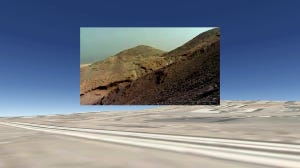A STONE’S THROW
The Cinematic Image as Life, Death, and Inspiration: A Reflection on Palestinian Films at the Prismatic Ground Festival.
During each presentation at the fourth and latest edition of New York’s Prismatic Ground film festival, which focuses on experimental and documentary cinema, the founder and organiser, Inney Prakash, ma…




